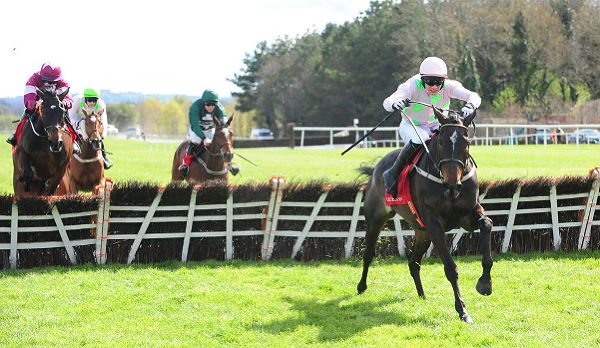 |
RacingBetter News |
| Friday 22nd April 2022 | |
Explaining the Four Types of Horse Races in Ireland

For thousands of years, horse racing has been a vital aspect of human civilization. There have been changes in the format and standards, but the basic idea hasn't altered at all. You can't beat a day at the races, whether you're there in person or placing a wager from the comfort of your own home through an online sports bookie. If you’re unaware, it’s actually more beneficial to place a wager online rather than going to a physical betting shop, this is because online platforms offer better odds as well as give out promotions, offers and much more. You can see the horse racing odds comparison and look for yourself, you can also register with the online sports bookie and have the potential to win some money.
Furthermore, in this article, we will be exploring the types of horse races you will come across in Ireland and since the Ireland Punchestown Festival is approaching, we thought we would take this opportunity to explore the possible races.
Flat Racing
Flat racing is the most popular kind of horse racing in the world today, it accounts for the vast majority of all races. These are sprint races, in which the horses start from the stalls at the beginning of the race. Once the doors are opened, the horses will take off down the track in a wild rush to the finish line in first place.
Steeplechasing
Steeplechasing is the ultimate adrenaline rush, it is often performed in the winter when the ground is thicker. Horses and riders must pass a variety of obstacles, both huge and minor, in order to beat their competition. The hazards for both animals and people are enhanced, but it is precisely this that distinguishes it as a unique sort of racing.
Harness Racing
The origins of harness racing may be traced back to the original chariot. These races are precisely what you'd expect them to be. A horse runs at a trot or speed while dragging a driver in a sulky, which is a horse-drawn carriage. Designed for a single person, this lightweight two-wheeled carriage is driven by a driver who is not recognized as a jockey and is responsible for guiding their horses to the winning post.
The drivers in harness racing operate in a different manner than jockeys. They must be athletic, strategic, and clever in order to succeed. It is not always about who has the quickest horse, but more about who has the most talented driver on the team.
In Ireland, harness races are conducted at either the trot or pace gait. In trotting gait races, the horse propels its legs forward in diagonal pairs as it goes ahead in a straight line. In pace gait races, horses move their front legs together with their rear legs on the same side as they move their front legs.
Endurance Racing
Historically, horsemanship has played an important role in the development of endurance racing. It derives from the characteristics that riders historically desired in their horses, especially the capacity to go long distances and through difficult terrain such as rivers and mountains, among other things. While endurance racing may not have the same popularity as its track-based competitors, it does have a dedicated following.
The distances covered by standard endurance competitions vary from 30 to 150 miles. They may take several days to complete, and riders may be divided into groups or stages to expedite the process.







